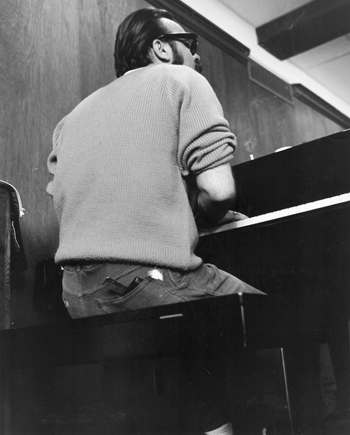 |
|
 |
|
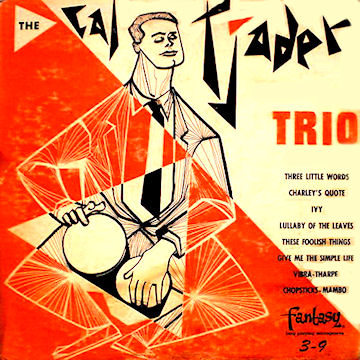 |
"The Cal Tjader Trio"
****Cal TjaderRe-issued on CD with numerous other tracks, as Cal Tjader: Extremes (Fantasy FCD-24764-2)
|
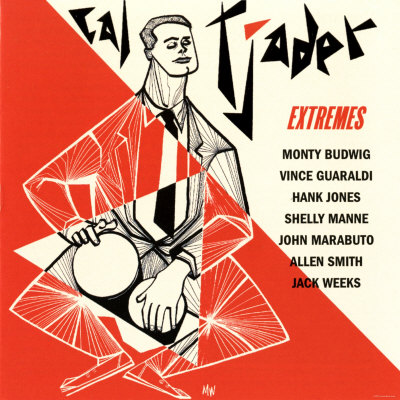
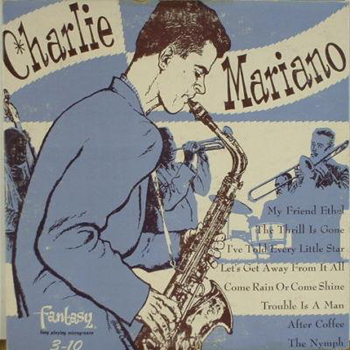 |
"Charlie Mariano"
**Charlie MarianoRe-issued on CD with Modern Music from San Francisco, as The Jazz Scene: San Francisco (Fantasy FCD-24760-2)
|
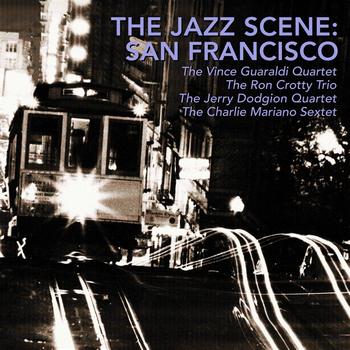
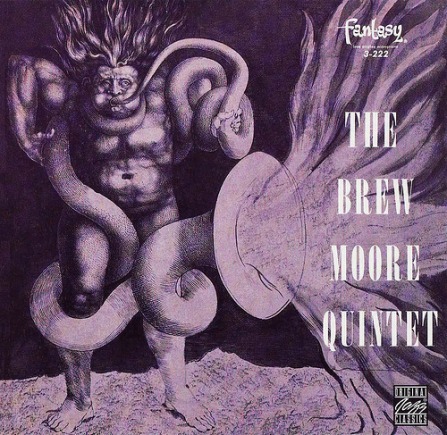 |
"Brew Moore Quintet"
*Brew MooreRe-issued on CD as Fantasy OJCCD-100-2 (F-3-222)
|
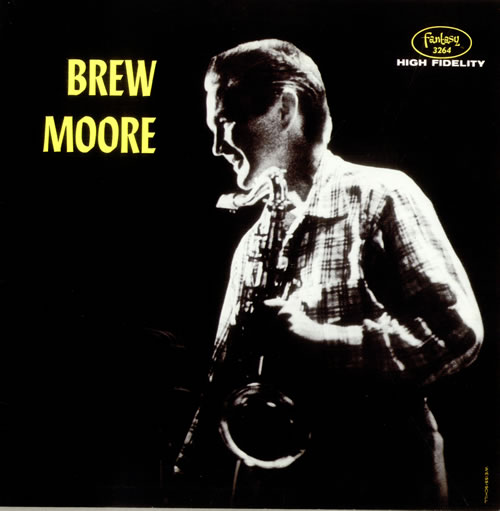 |
"Brew Moore"
*Brew Moore
Guaraldi track recorded August 28, 1955; album released in spring 1958 |
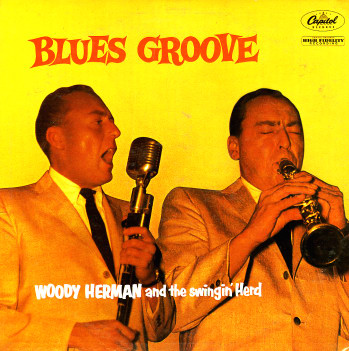 |
"Blues Groove"
**Woody HermanContents issued as part of The Complete Capitol Recordings of Woody Herman (Mosaic MD6-196)
|
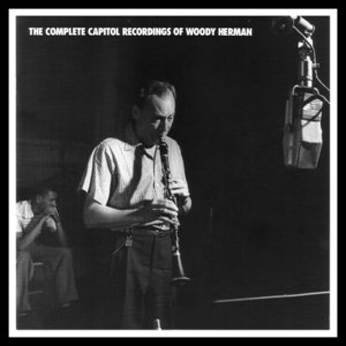 |
"The Complete Capitol Recordings of Woody Herman"
**Woody HermanMosaic MD6-196
|
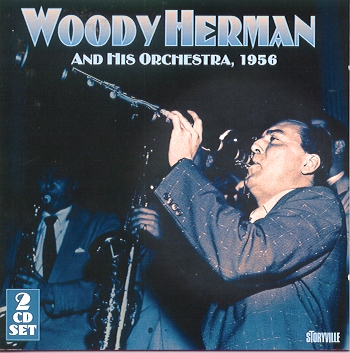 |
"Woody Herman and his Orchestra: 1956"
**Woody HermanStoryville Records [Denmark] STCD 8247/48
|
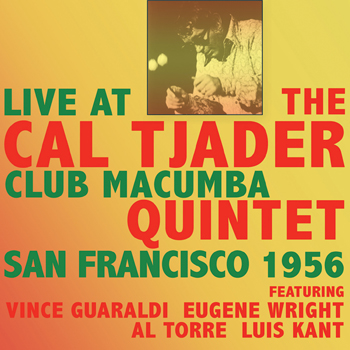 |
"The Cal Tjader Quintet Live at Club Macumba"
***The Cal Tjader QuintetAcrobat Jazz ADDCD3084
|
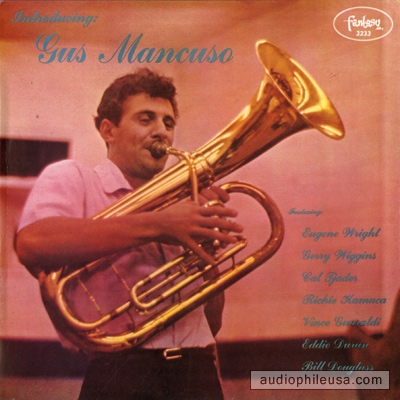 |
"Introducing Gus Mancuso"
***Gus MancusoRe-issued on CD, paired with Gus Mancuso Quintet: Music from New Faces, as Gus Mancusco and Special Friends (Fantasy FCD-24762-2)
|
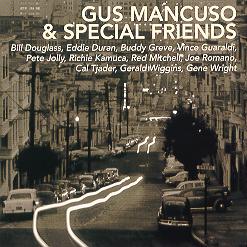
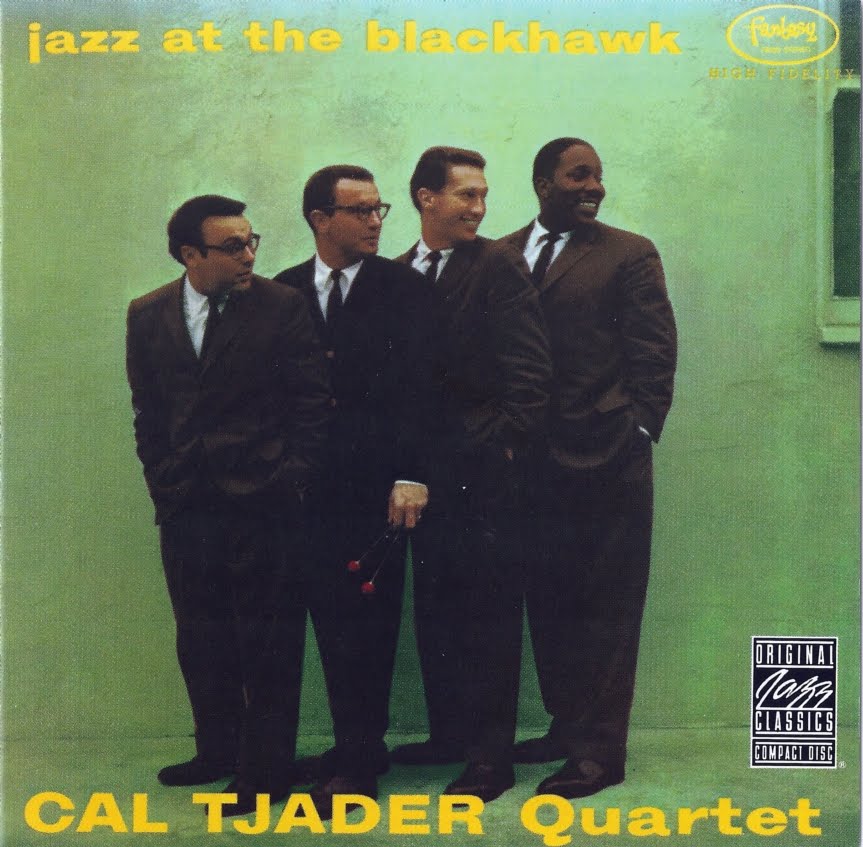 |
"Jazz at the Blackhawk"
*****The Cal Tjader QuartetRe-issued on CD as Fantasy OJCCD-436-2
|
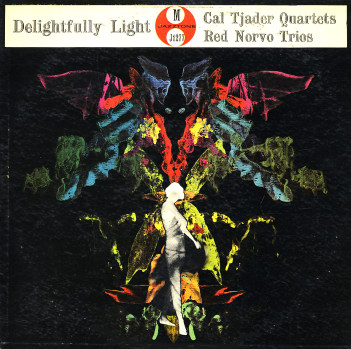 |
"Delightfully Light: Cal Tjader Quartets/Red Norvo Trios"
***The Cal Tjader QuartetRe-issued on CD (CD on demand, to be precise) in August 2011
|
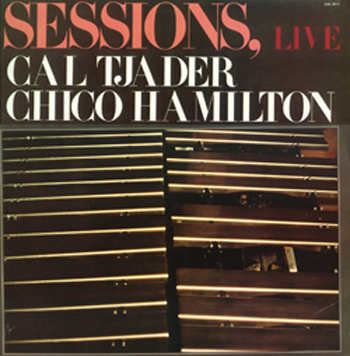 |
"Sessions, Live: Cal Tjader and Chico Hamilton"
***The Cal Tjader QuintetNever issued on CD (and not likely to be)
|
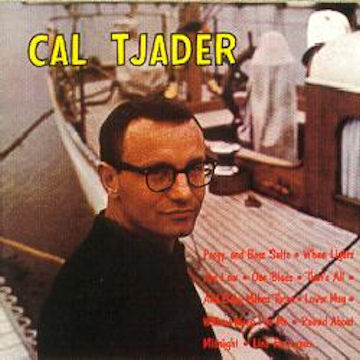 |
"Cal Tjader"
****The Cal Tjader QuartetRe-issued on CD, with Tjader's Concert on the Campus, as Cal Tjader: Our Blues (Fantasy FCD-24771-2)
|
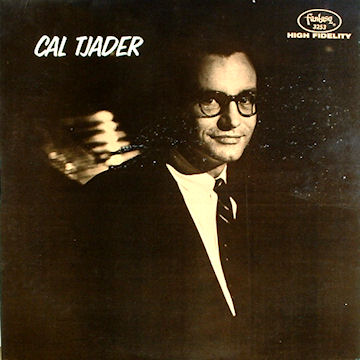
|
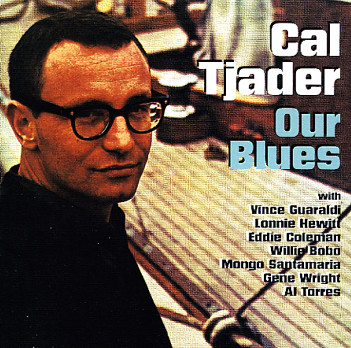
|
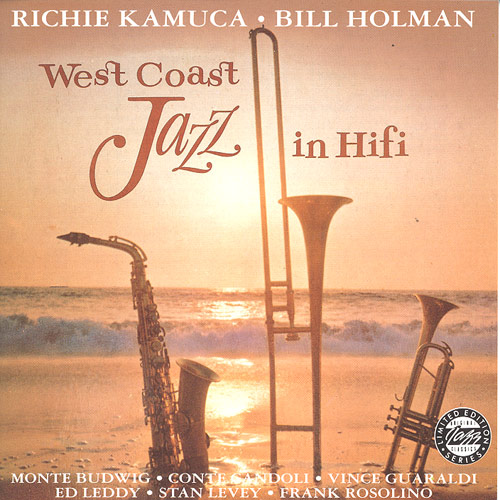 |
"West Coast Jazz in Hifi"
***Richie Kamuca/Bill HolmanRe-issued on CD as Fantasy OJCCD-1760-2
|
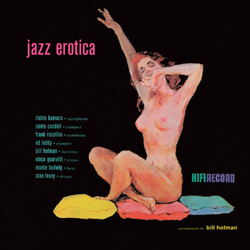
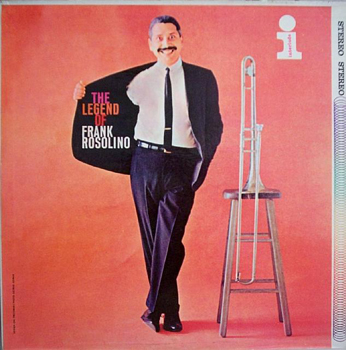 |
"The Legend of Frank Rosolino"
***The Frank Rosolino QuintetRe-issued on CD as Mode MZCS-1166 and VSOP #16
|

 |
"Nina Simone Live"
**Nina SimoneNever issued on CD (and not likely to be)
|
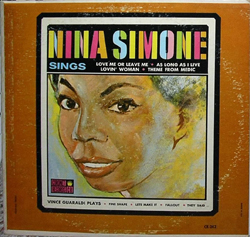

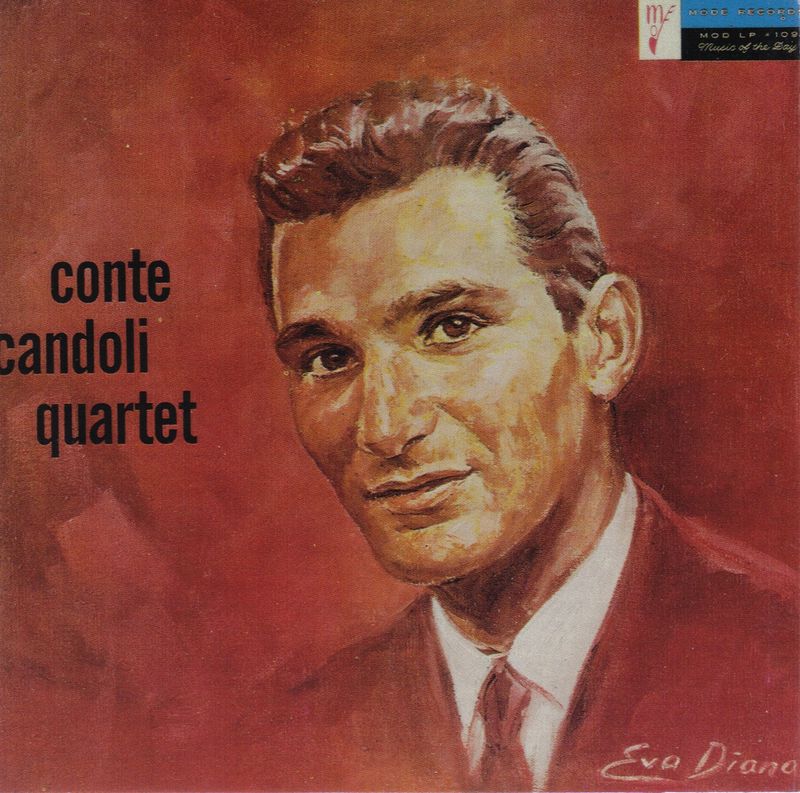 |
"Conte Candoli Quartet"
***The Conte Candoli QuartetRe-issued on CD as Mode MZCS-1165 and Music Visions (Japan) TFCL-88915
|
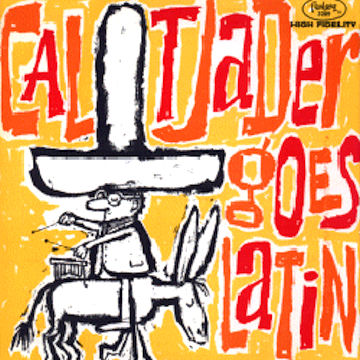 |
"Cal Tjader Goes Latin"
***Cal TjaderRe-issued on CD, paired with Cal Tjader Quintet, as Black Orchid (Fantasy FCD-24730-2-2)
|
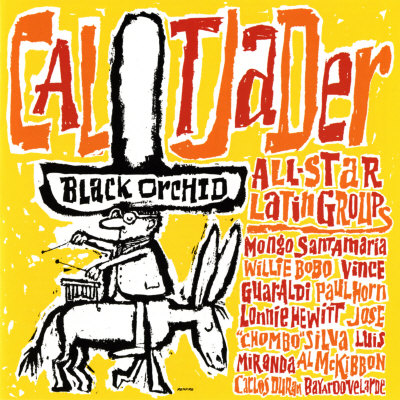
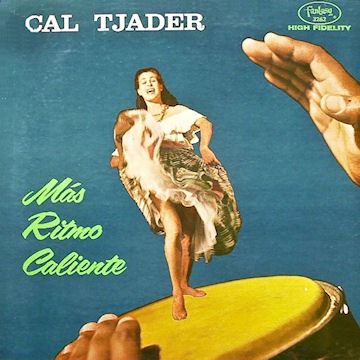 |
"Mas Ritmo Caliente"
*Cal TjaderRe-issued on CD, paired with Ritmo Caliente, as Los Ritmos Calientes (Fantasy FCD-24712-2)
|
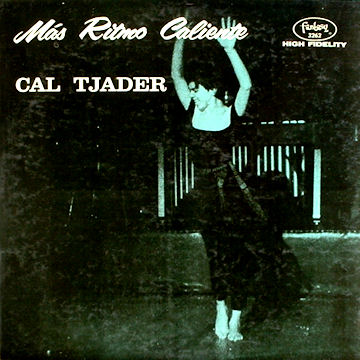
|
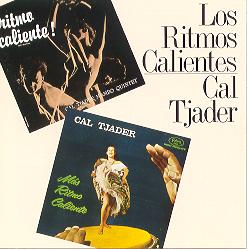
|
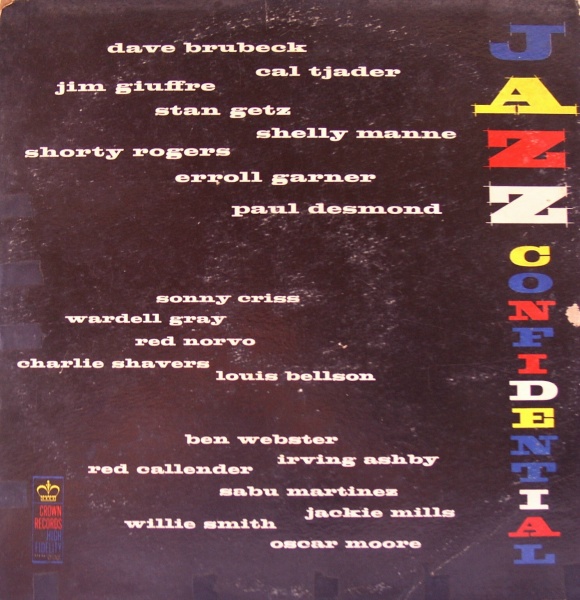 |
"Jazz Confidential"
*Various artistsNever released on CD (and not likely to be)
|
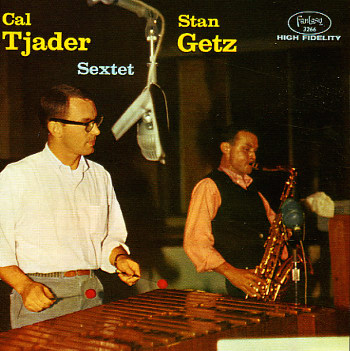 |
"The Cal Tjader/Stan Getz Sextet"
**Cal Tjader, Stan GetzRe-issued on CD as Fantasy OJCCD-275
|
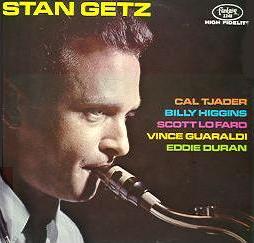
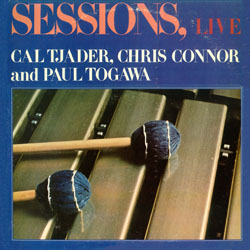 |
"Sessions, Live: Cal Tjader, Chris Connor and Paul Togawa"
**The Cal Tjader QuintetNever issued on CD (and not likely to be)
|
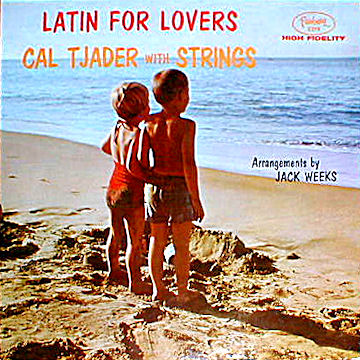 |
"Latin for Lovers"
**Cal TjaderRe-issued on CD, paired with San Francisco Moods, as Sentimental Moods (Fantasy FCD-24742-2)
|
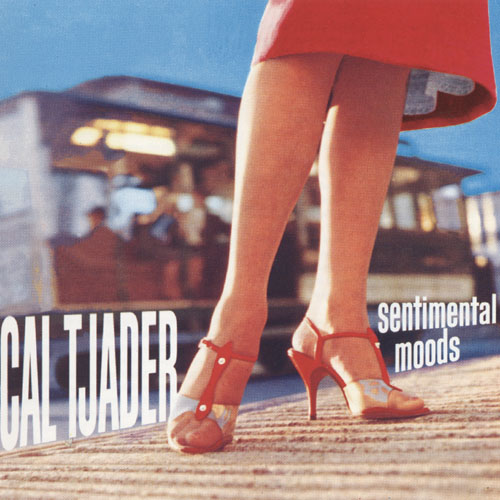
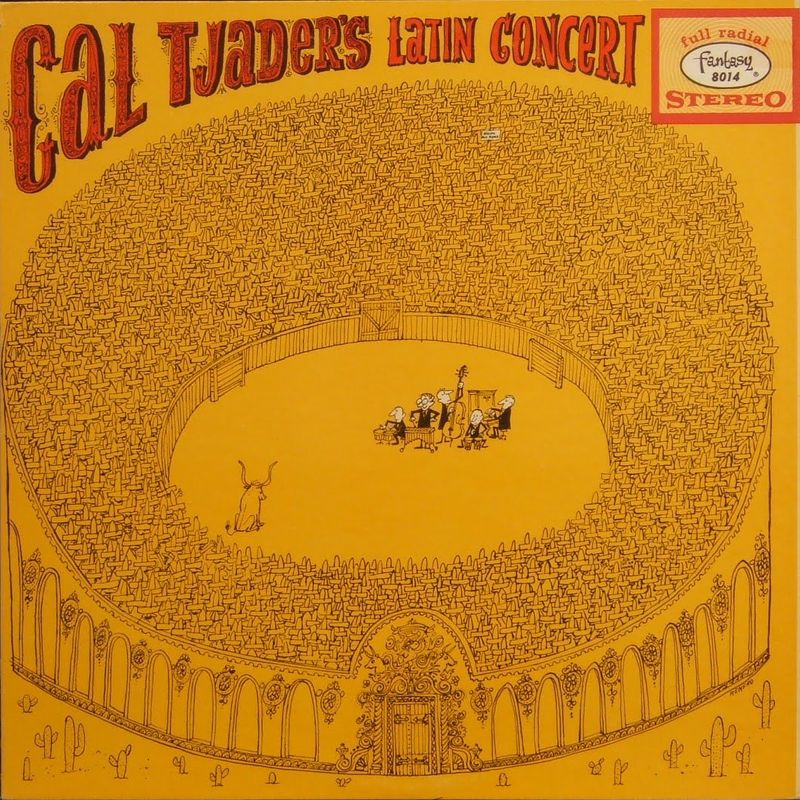 |
"Cal Tjader's Latin Concert"
***Cal TjaderRe-issued on CD as Fantasy OJCCD-643-2
|
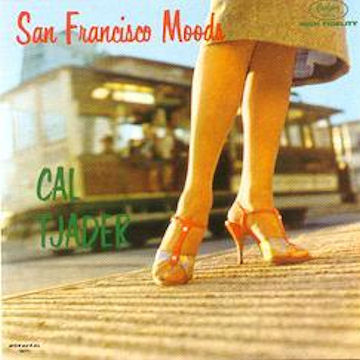 |
"San Francisco Moods"
**Cal TjaderRe-issued on CD, paired with Latin for Lovers, as Sentimental Moods (Fantasy FCD-24742-2)
|
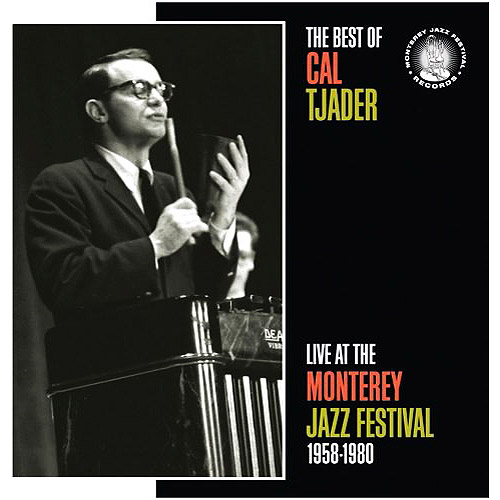 |
"The Best of Cal Tjader: Live at the Monterey Jazz Festival 1958-1980"
****Cal TjaderConcord/Monterey Jazz Festival Records MJFR-30701
|
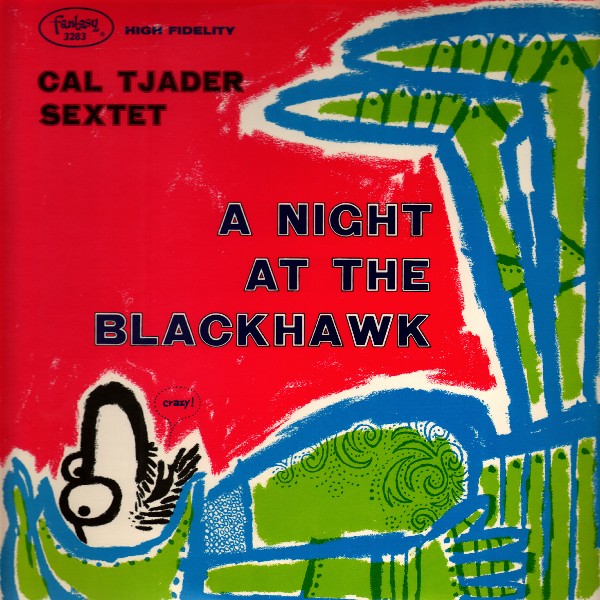 |
"A Night at the Blackhawk"
***Cal Tjader SextetRe-issued on CD, paired with Cal Tjader: Live and Direct, as Blackhawk Nights (Fantasy OJCCD-2475-5)
|
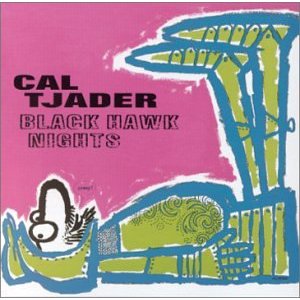
 |
"Mongo"
*Mongo SantamariaRe-issued on CD, paired with Yambu, as Afro Roots (Prestige PRCD-24018-2)
|

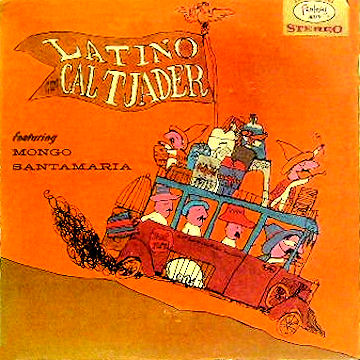 |
"Latino"
*Cal TjaderGuaraldi track recorded live December 1958 at the Blackhawk, in San Francisco |
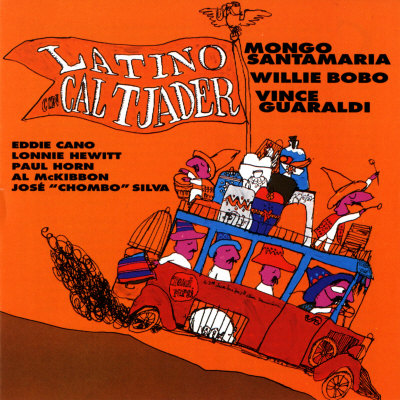
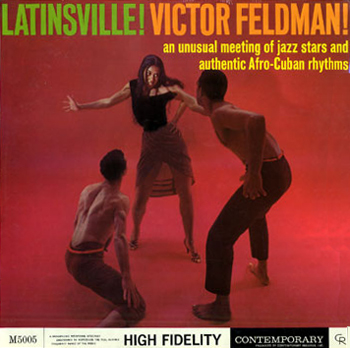 |
"Latinsville"
**Victor FeldmanRe-issued on CD as Contemporary CCD-9005-2
|
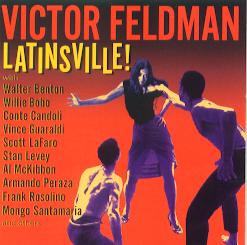
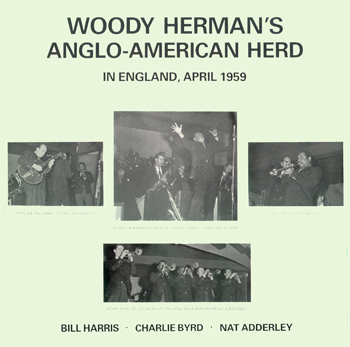 |
"Woody Herman's Anglo-American Herd"
**Woody HermanNever released on CD (and not likely to be)
|
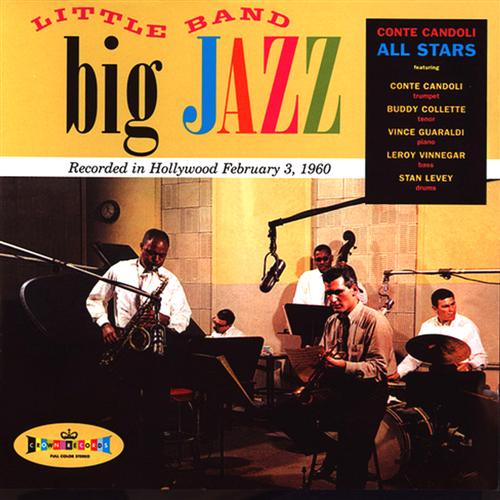 |
"Little Band, Big Jazz"
***The Conte Candoli All StarsRe-issued on CD as Fresh Sound Records FSR1629
|
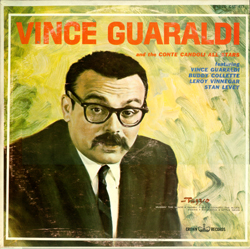
 |
"Jimmy Witherspoon & Ben Webster"
***Jimmy Witherspoon and Ben WebsterNot yet available on CD
|
 |
"Live: Jimmy Witherspoon"
***Jimmy WitherspoonNot yet available on CD
|
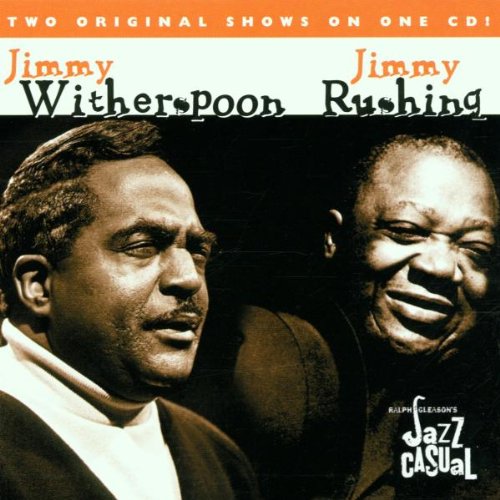 |
"Jazz Casual: Jimmy Witherspoon/Jimmy Rushing"
***Jimmy WitherspoonKoch Jazz KOC CD-8561
|
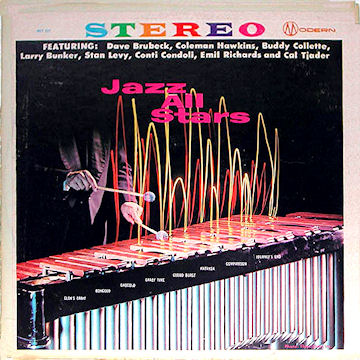 |
"Jazz All Stars"
*Various artistsNever released on CD (and not likely to be)
|
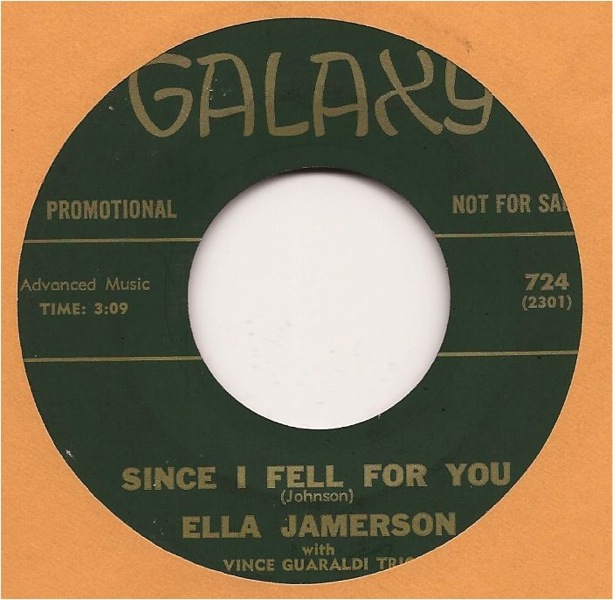 |
"Since I Fell for You"/"When I Fall in Love"
***Ella JamersonNever released on CD
|
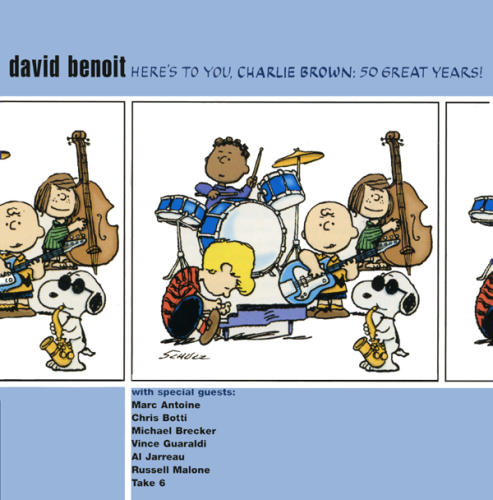 |
"Here's to You, Charlie Brown: 50 Great Years!"
David BenoitGRP 314 543 637-2
Orchestra recorded November 5, 1999, in Los Angeles |
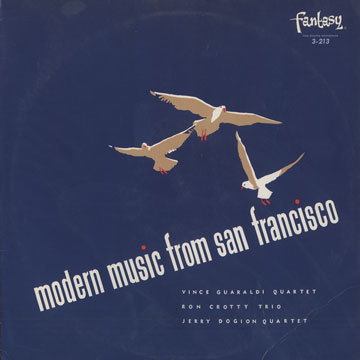 |
"Modern Music from San Francisco"
***The Vince Guaraldi Quartet/The Ron Crotty TrioRe-issued on CD with The Charlie Mariano Sextet, as The Jazz Scene: San Francisco (Fantasy FCD-24760-2)
|

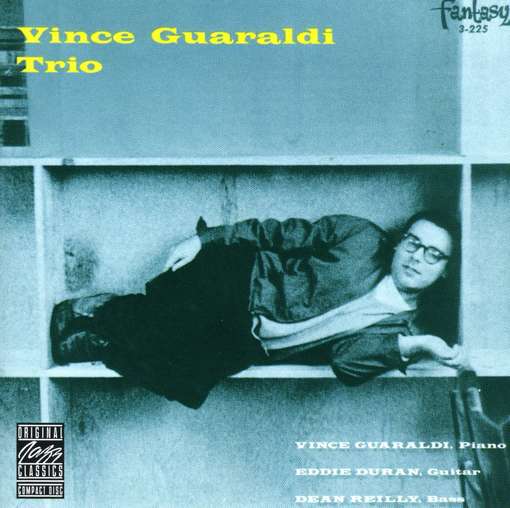 |
"The Vince Guaraldi Trio"
****The Vince Guaraldi TrioRe-issued on CD as Fantasy OJCCD-149-2
|
 |
"A Flower Is a Lovesome Thing"
****The Vince Guaraldi TrioRe-issued on CD as Fantasy OJCCD-235-2
|
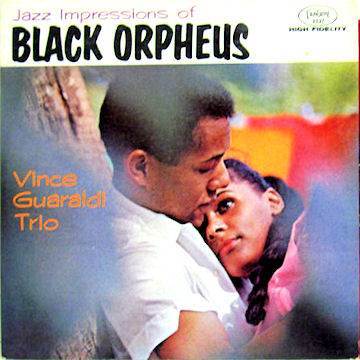 |
"Jazz Impressions of Black Orpheus"
*****The Vince Guaraldi TrioRe-issued on CD as Fantasy OJCCD-437-2 [OJC-32328]
|
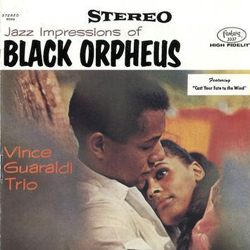
|
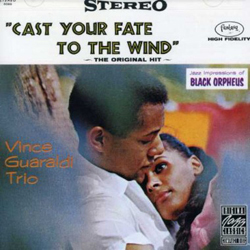
|
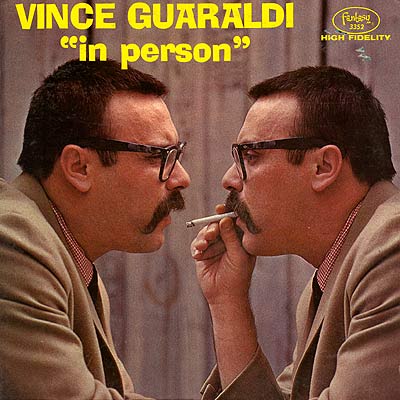 |
"In Person"
***Vince GuaraldiRe-issued on CD as Fantasy OJCCD-951-2
|
 |
"Vince Guaraldi/Bola Sete and Friends"
****Vince Guaraldi and Bola SeteRe-issued on CD, paired with Live at El Matador, as Vince and Bola (Fantasy FCD-24756-2)
|
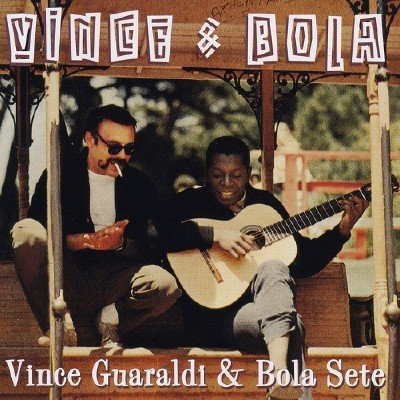
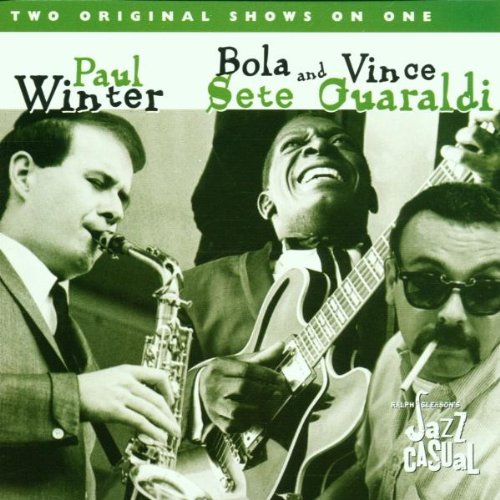 |
"Jazz Casual: Paul Winter/Bola Sete and Vince Guaraldi"
***Bola Sete and Vince GuaraldiKoch Jazz KOC CD-8566
|
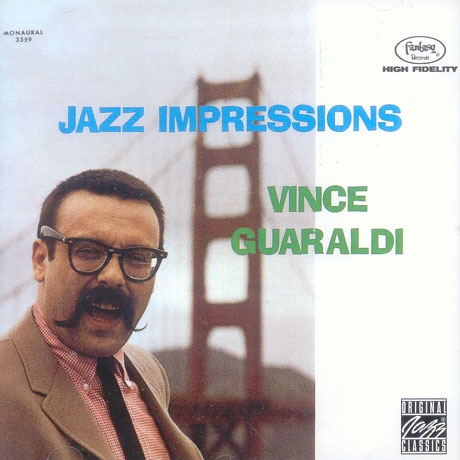 |
"Jazz Impressions"
****Vince Guaraldi TrioRe-issued on CD as Fantasy OJCCD-287-2
|
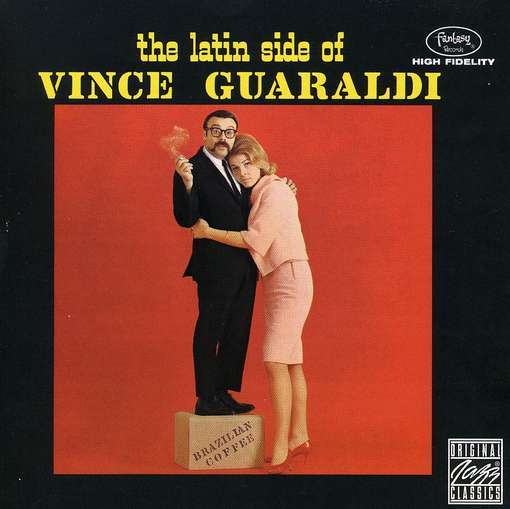 |
"The Latin Side of Vince Guaraldi"
***Vince GuaraldiRe-issued on CD as Fantasy OJCCD-878-2
|
 |
"From All Sides"
***Vince Guaraldi and Bola SeteRe-issued on CD as Fantasy OJCCD-989-2
|
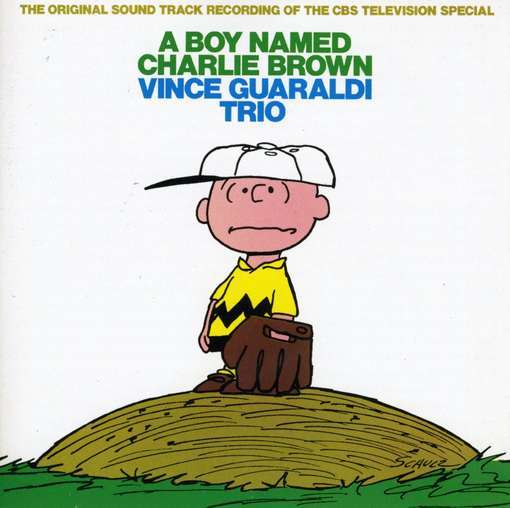 |
"A Boy Named Charlie Brown" (TV)
*****The Vince Guaraldi TrioRe-issued on CD as Fantasy FCD-8430-2
|
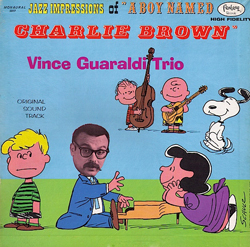
|
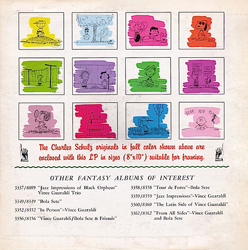
|
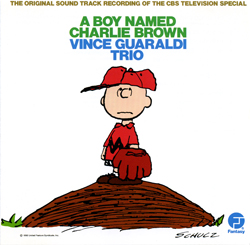
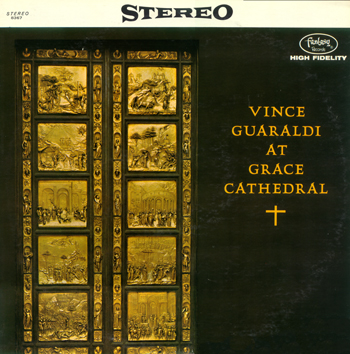 |
"The Grace Cathedral Concert"
****Vince GuaraldiRe-issued on CD as Fantasy FCD-9678-2
|

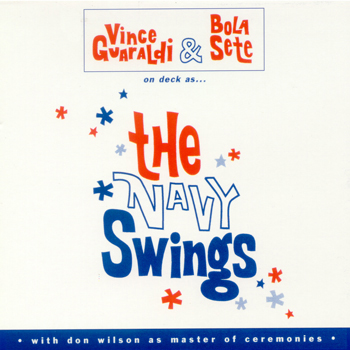 |
"The Navy Swings"
****Vince Guaraldi and Bola SeteVAG Publishing LLC
|
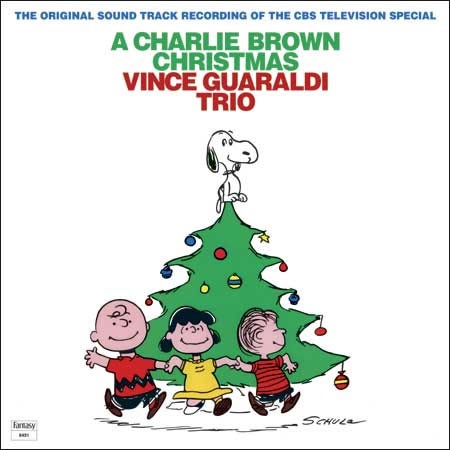 |
"A Charlie Brown Christmas"
*****The Vince Guaraldi TrioRe-issued on CD as Fantasy FCD-8431-2
|
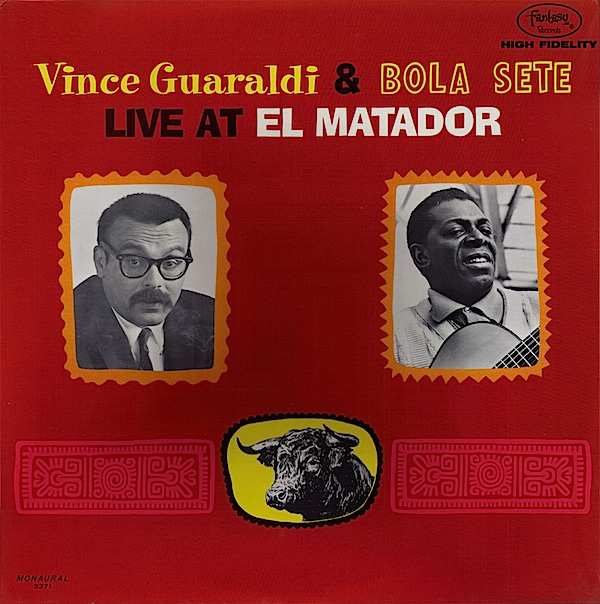 |
"Live at El Matador"
****Vince Guaraldi and Bola SeteRe-issued on CD, paired with Vince Guaraldi/Bola Sete and Friends, as Vince and Bola (Fantasy FCD-24756-2)
|
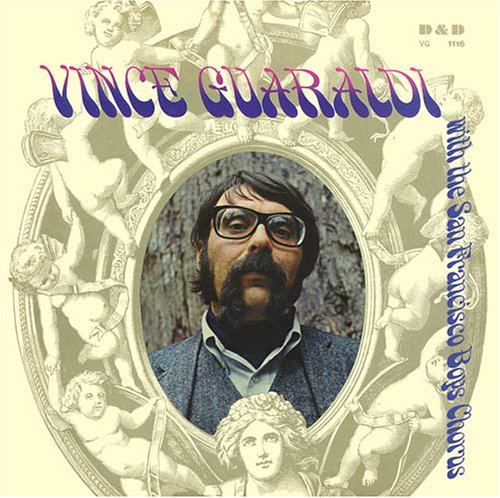 |
"Vince Guaraldi with the San Francisco Boys Chorus"
****Vince GuaraldiRe-issued on CD as D&D VG-1116
|
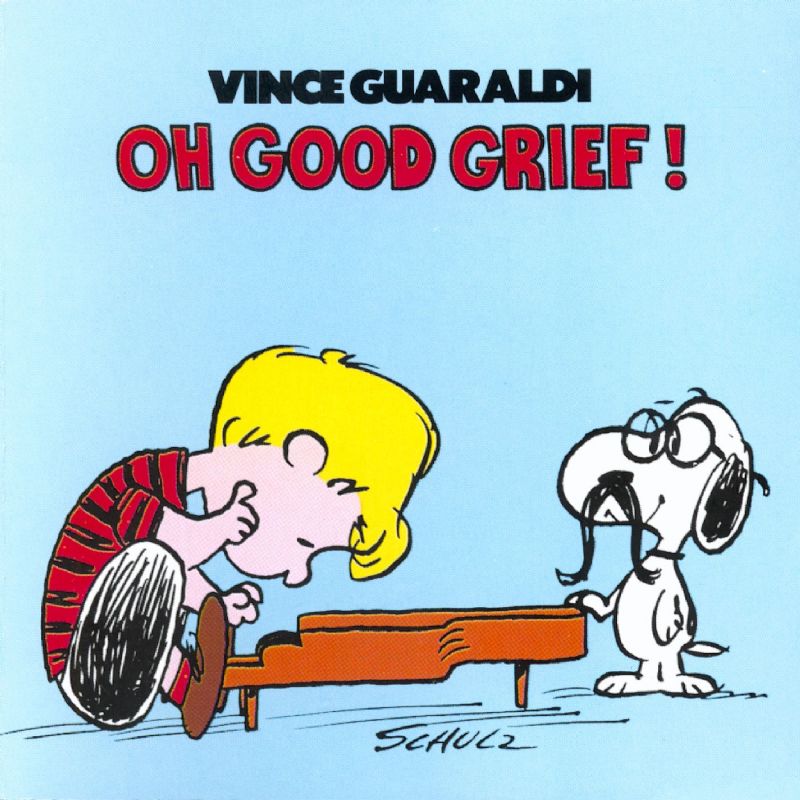 |
"Oh, Good Grief!"
*****Vince GuaraldiInitially re-issued on CD as Warner Bros. 1747-2
|
 |
"The Eclectic Vince Guaraldi"
***Vince GuaraldiInitially re-issued on CD as Wounded Bird CD WOU-1775
|
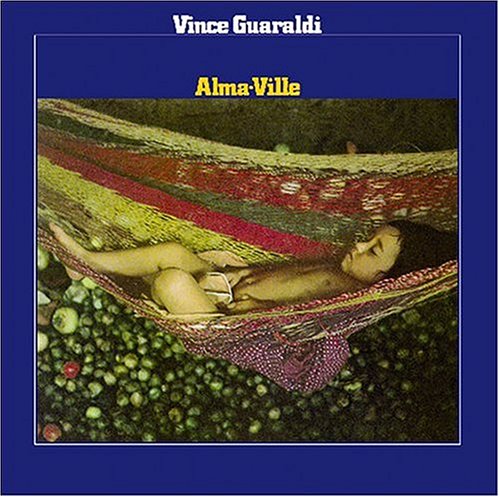 |
"Alma-Ville"
*****Vince GuaraldiInitially re-issued on CD as Wounded Bird CD WOU-1828
|
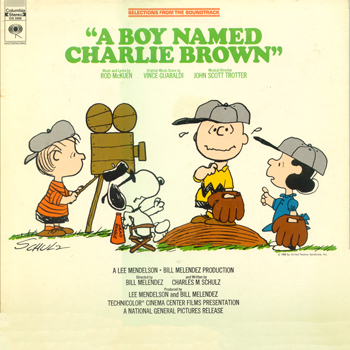 |
"A Boy Named Charlie Brown" (film soundtrack)
***Vince Guaraldi, Rod McKuen and John Scott TrotterNot yet available on CD
|
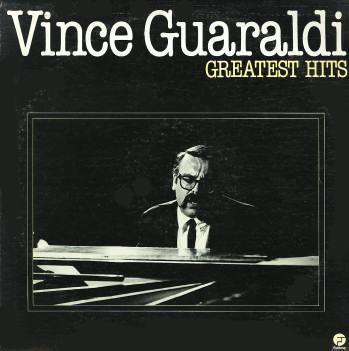 |
"Greatest Hits"
****The Vince Guaraldi Trio
Re-issued on CD as Fantasy FCD 4505-2, FCD 7706-2
|
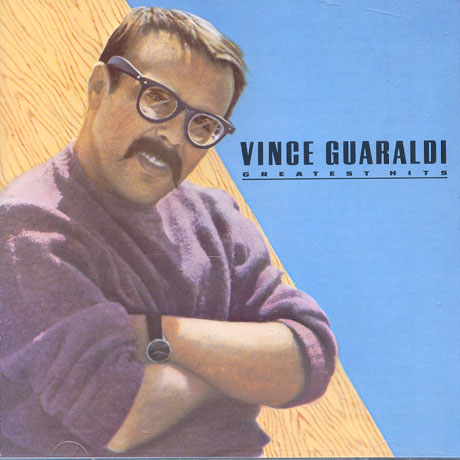
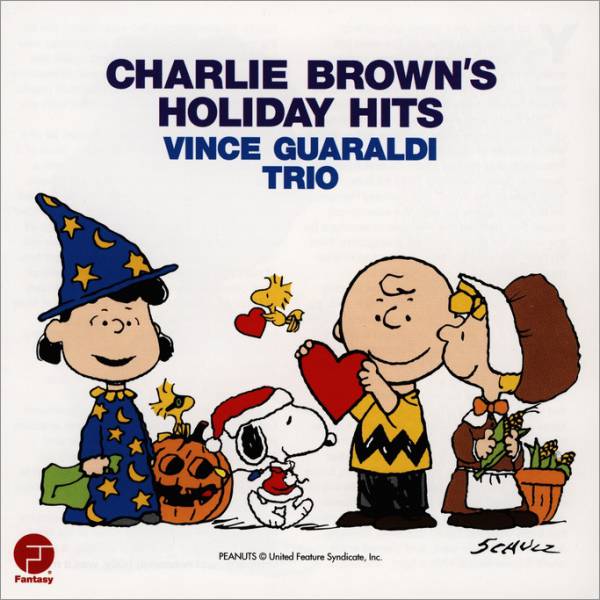 |
"Charlie Brown's Holiday Hits"
****The Vince Guaraldi Trio
Fantasy FCD-9682-2
|
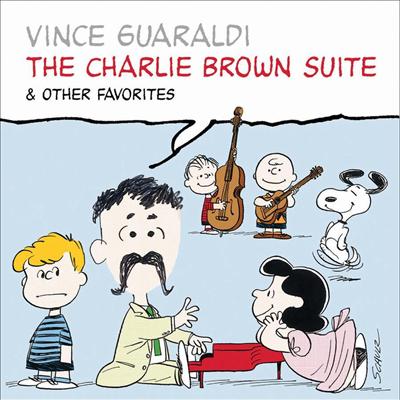 |
"The Charlie Brown Suite"
****Vince Guaraldi and various guests
Bluebird 82876-53900-2
|
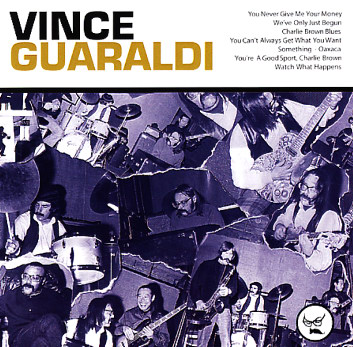 |
"Oaxaca"
****Vince Guaraldi
D&D VG1125
|
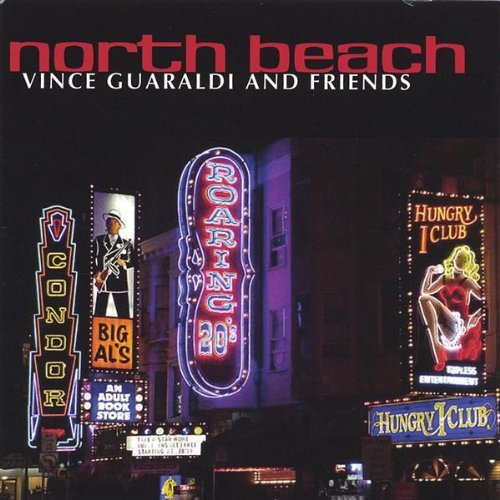 |
"North Beach"
****Vince Guaraldi
D&D VG4465
|
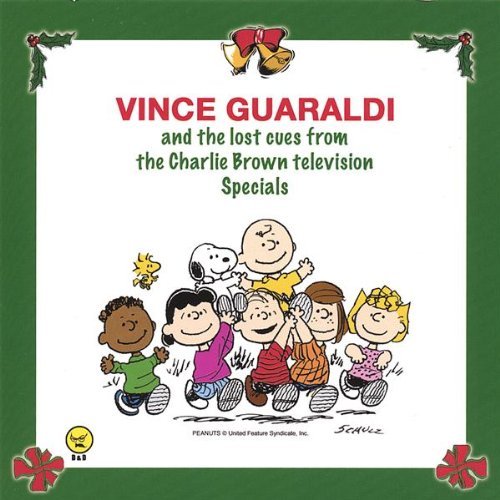 |
"The Lost Cues from the Charlie Brown Television Specials"
****Vince Guaraldi
D&D VG1118
|
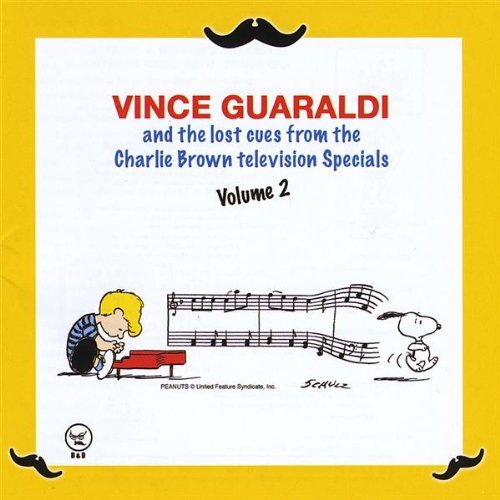 |
"The Lost Cues from the Charlie Brown Television Specials, Volume 2"
****Vince Guaraldi
D&D VG1119
|
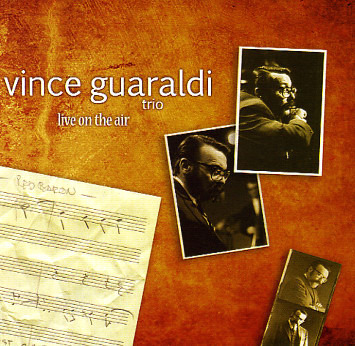 |
"Live on the Air"
****Vince Guaraldi
D&D VG1120
|
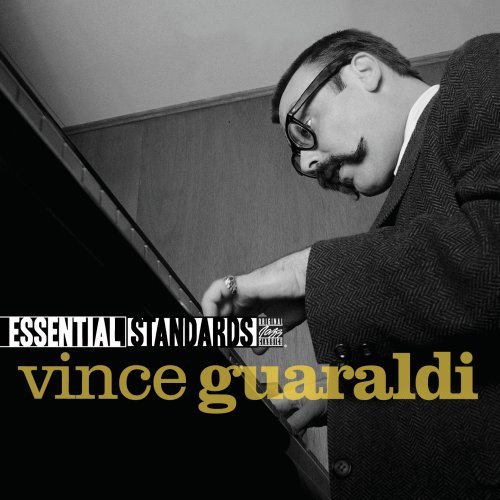 |
"Essential Standards"
*****Vince Guaraldi
Concord OJC 31426 02
|
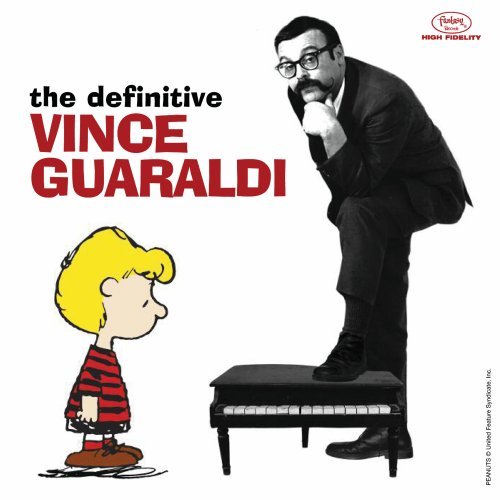 |
"The Definitive Vince Guaraldi"
*****Vince GuaraldiFantasy FAN-31462
|
 |
"Peanuts Portraits"
****Vince GuaraldiFantasy FAN-32033
|
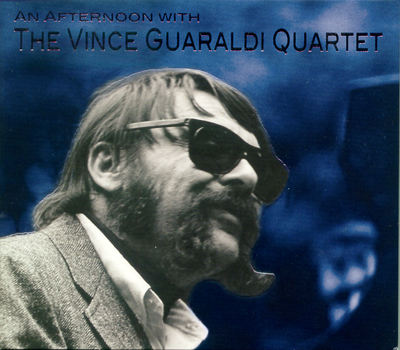 |
"An Afternoon with the Vince Guaraldi Quartet"
*****Vince GuaraldiVAG Publishing VAG1121
|
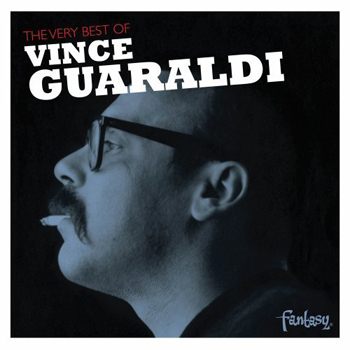 |
"The Very Best of Vince Guaraldi"
*****Vince GuaraldiFantasy Records FAN-33760-02
|
 |
"Peanuts Greatest Hits"
*****Vince GuaraldiReleased July 31, 2015 |
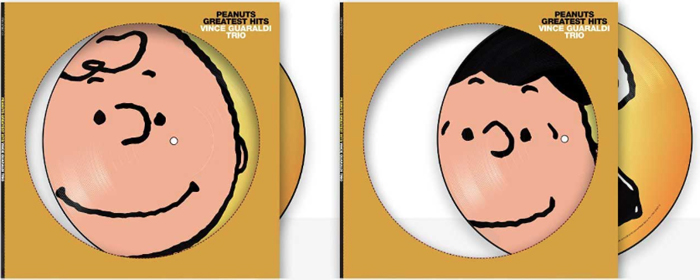
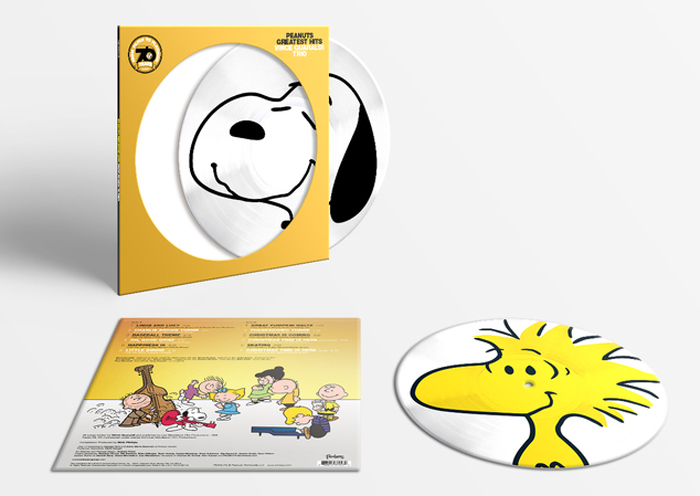
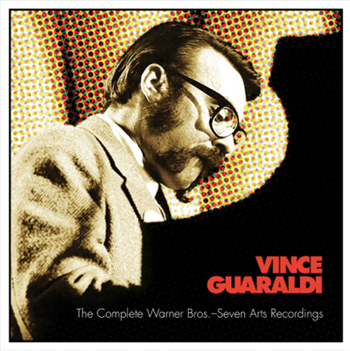 |
"The Complete Warner Bros.-Seven Arts Recordings"
****Vince GuaraldiReleased July 6, 2018 |
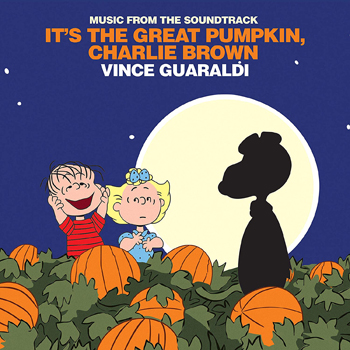 |
"It's the Great Pumpkin, Charlie Brown: Music from the Soundtrack"
**/*****Vince GuaraldiReleased October 5, 2018; vastly improved version released August 26, 2022, by Lee Mendelson Film Productions |
 |
"A Charlie Brown Thanksgiving: Original Soundtrack Recording"
*****Vince GuaraldiReleased October 20, 2023 |
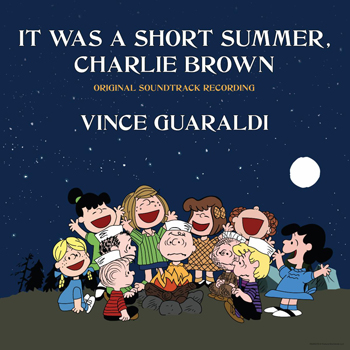 |
"It Was a Short Summer, Charlie Brown: Original Soundtrack Recording"
*****Vince GuaraldiRecord Store Day Vinyl released April 20, 2024; CD, digital and standard vinyl released July 5, 2024 |
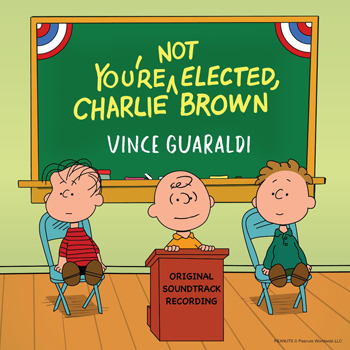 |
"You're Not Elected, Charlie Brown: Original Soundtrack Recording"
*****Vince GuaraldiRecord Store Day yellow BioVinyl, CD, digital and standard BioVinyl released September 6, 2024 |
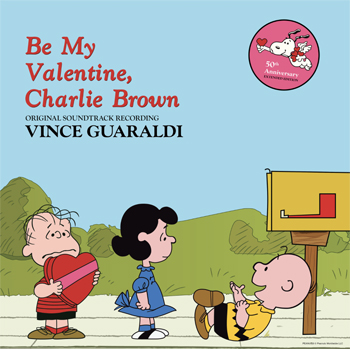 |
"Be My Valentine, Charlie Brown: Original Soundtrack Recording"
*****Vince GuaraldiCD, digital, standard black BioVinyl and "heartburn red" Biovinyl released January 17, 2025 |
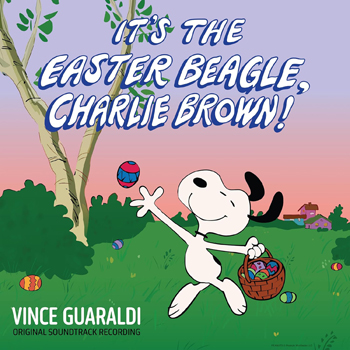 |
"It's the Easter Beagle, Charlie Brown: Original Soundtrack Recording"
*****Vince GuaraldiCD, digital, black and "Easter purple" BioVinyl released March 21, 2025; Record Store Day 10-inch egg-shaped vinyl -- in five different colors (!) -- released April 12, 2025 |